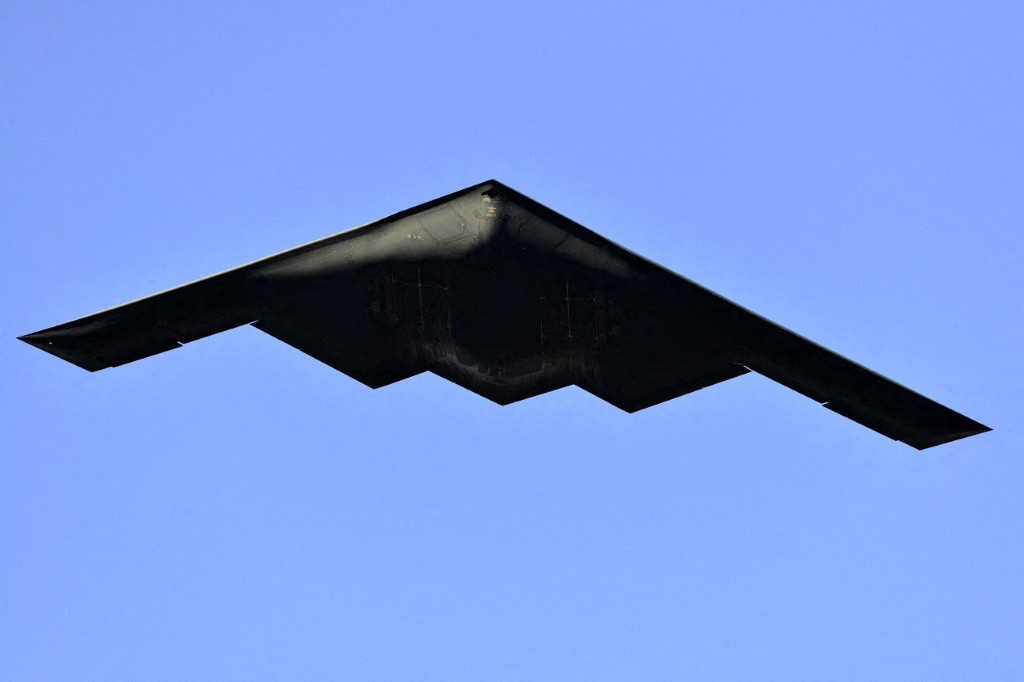Washington, United States — A powerful US bunker-busting bomb was used in combat for the first time when Washington struck Iranian nuclear sites this weekend.
Israel had carried out a week of air strikes on Iran, but does not possess the GBU-57 — a 30,000-pound (13,600 kilogram) weapon viewed as necessary to reach the most deeply buried facilities — or the aircraft needed to deploy it.
General Dan Caine, the top US military officer, told journalists on Sunday that Washington’s forces dropped 14 of the bombs in the massive operation aimed at knocking out Tehran’s nuclear program.
What are its capabilities?
The US military says the GBU-57 — also named Massive Ordnance Penetrator — is designed to penetrate up to 200 feet (60 meters) underground before exploding.
This differs from missiles or bombs that typically detonate their payload near or on impact.
“To defeat these deeply buried targets, these weapons need to be designed with rather thick casings of steel, hardened steel, to sort of punch through these layers of rock,” said Masao Dahlgren, of the Center for Strategic and International Studies (CSIS), a Washington-based research center.
The 6.6-meter-long GBU-57 also has a specialized fuse as “you need an explosive that’s not going to immediately explode under that much shock and pressure,” Dahlgren said.
Caine said Sunday it was too early to comment on what remains of Iran’s nuclear program, but that “initial battle damage assessments indicate that all three sites sustained extremely severe damage and destruction.”
How is it deployed?
The only aircraft capable of deploying the GBU-57 is the B-2 Spirit, a stealth bomber.
With their long-range capabilities, B-2s departing from the United States “are able to fly all the way to the Middle East to do bombing runs. That’s been done before,” Dahlgren said.
The US employed seven B-2s in the Iran strikes — aircraft that can fly 6,000 nautical miles (9,600 kilometers) without refueling and which are designed to “penetrate an enemy’s most sophisticated defenses and threaten its most valued, and heavily defended, targets,” according to the US military.
“This was the largest B-2 operational strike in US history and the second-longest B-2 mission ever flown,” Caine said.
Several B-2s proceeded west over the Pacific as a decoy while the bombers that would take part in the strikes headed east — a “deception effort known only to an extremely small number of planners and key leaders,” the general said.








